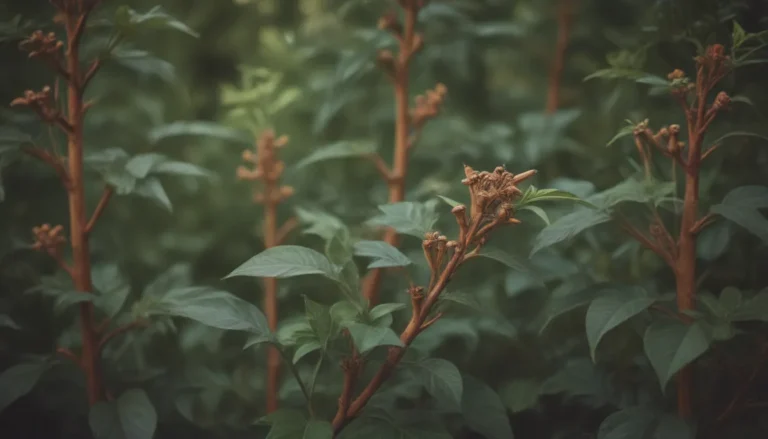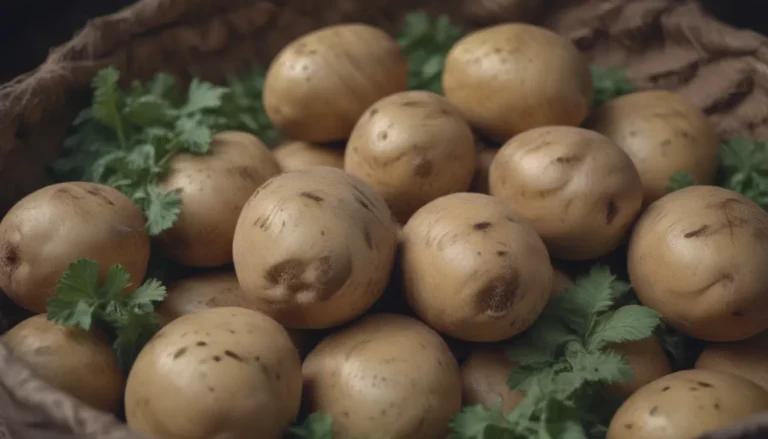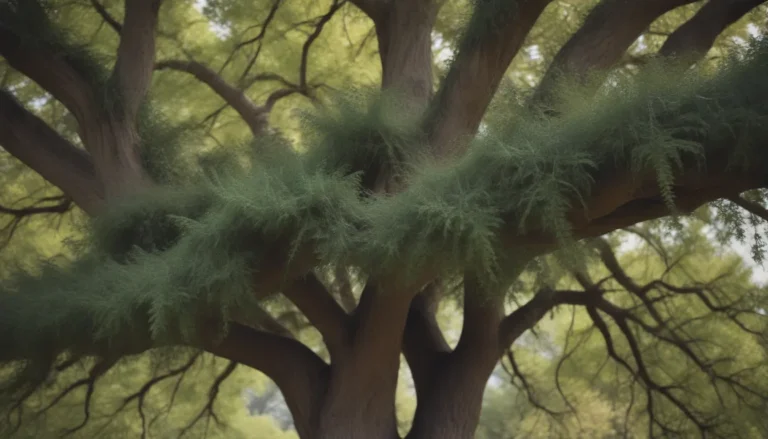Growing and Caring for Lion’s Tail: A Complete Guide

Welcome to our comprehensive guide on how to grow and care for the stunning Lion’s Tail plant! Whether you’re a seasoned gardener or just starting out, this article will provide you with valuable information to help you nurture this beautiful shrub in your garden. From its origins in the grasslands of South Africa to its use in traditional herbal medicine, Lion’s Tail, also known as Leonotis leonurus, is a versatile and visually appealing addition to any warm-weather garden.
The Beauty of Lion’s Tail
Imagine a green bird with pretty pearlescent feathers darting from one tall orange flowering plant to another – this is a common sight in the moist grasslands of South Africa where the South African Sunbird frequents the vibrant blooms of Lion’s Tail. These attractive flowers are not only a favorite among birds and butterflies in their native habitat but also make a striking ornamental statement in home gardens.
Reasons to Grow Lion’s Tail
- Attracts birds and butterflies
- Adds a pop of color to your landscape
- Supports pollinators
- Used in traditional herbal medicine
Lion’s Tail Care
Lion’s Tail is relatively easy to grow in a subtropical setting, and with the right care, you can enjoy its bright orange blooms year after year. Let’s dive into the essential aspects of caring for this unique plant.
Light
Lion’s Tail thrives in full sun and will produce more blooms when planted in a sunny spot. Make sure to position your plant where it can soak up plenty of sunlight throughout the day.
Soil
While Lion’s Tail is not too picky about soil conditions, it prefers loamy, sandy soil that is neutral or slightly alkaline. Ensure good drainage to prevent waterlogging, which can lead to root rot.
Water
Moderate watering during the winter and spring will promote growth and flowering in Lion’s Tail. Once the plant is established, deep watering during the summer months will help it thrive.
Temperature and Humidity
Lion’s Tail is sensitive to cold temperatures and should be protected from anything below 20 degrees Fahrenheit. Consider growing it as an annual or in a container if you live in a colder climate.
Fertilizer
Lion’s Tail does not require frequent fertilization, as it is accustomed to growing in poor soils in its native South Africa. However, a light application of a balanced fertilizer in spring can help encourage healthy growth.
Propagating Lion’s Tail
If you’re looking to propagate Lion’s Tail, starting from seed is the most common method. While locating plants in nurseries can be challenging, growing from seed or greenwood cuttings is a rewarding way to expand your garden.
How to Grow Lion’s Tail from Seed
- Purchase seeds of Leonotis leonurus
- Start seeds indoors in late winter
- Transplant seedlings outdoors after the last frost
Potting and Repotting Lion’s Tail
Provide adequate room for root growth when potting or repotting Lion’s Tail to ensure healthy development. Choose a well-draining potting mix to prevent overwatering.
Overwintering
Protect Lion’s Tail from frost during the winter months by bringing it indoors or covering it with a frost cloth. Resume regular care in the spring to promote new growth.
Common Pests and Plant Diseases
Keep an eye out for common pests such as aphids and spider mites, and treat infestations promptly to prevent damage to your Lion’s Tail plant. Proper watering and good air circulation can also help prevent fungal diseases.
How to Get Lion’s Tail to Bloom
To encourage abundant blooming, deadhead spent flowers regularly and prune the plant back before the first frost. This will stimulate new growth and ensure a vibrant display of blooms in the following season.
Common Problems with Lion’s Tail
While Lion’s Tail is relatively low maintenance, it can face issues such as root rot from overwatering or leaf spot from poor air circulation. Address these problems promptly to keep your plant healthy and thriving.
Medicinal Properties of Lion’s Tail
Like other plants in the Lamiaceae (Mint) family, Lion’s Tail is valued for its medicinal properties. The plant contains leonurine, a compound that can be extracted in water to make herbal tea. Additionally, Lion’s Tail is rich in marrubiin, a bitter compound with antioxidant, anti-inflammatory, and antifungal properties.
In conclusion, growing and caring for Lion’s Tail can be a rewarding experience for any gardener. By following these tips and guidelines, you can enjoy the beauty of this exotic shrub in your own backyard. Whether you’re drawn to its vibrant blooms, its role in supporting pollinators, or its potential medicinal benefits, Lion’s Tail is a versatile plant that deserves a place in your garden. Happy gardening!





